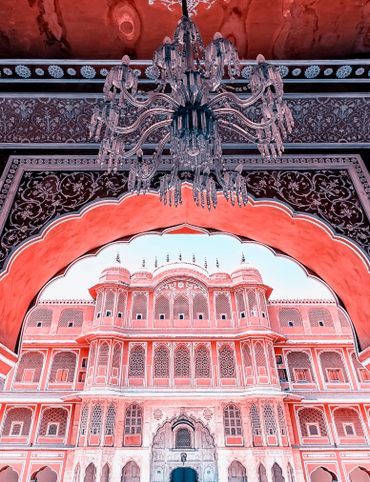

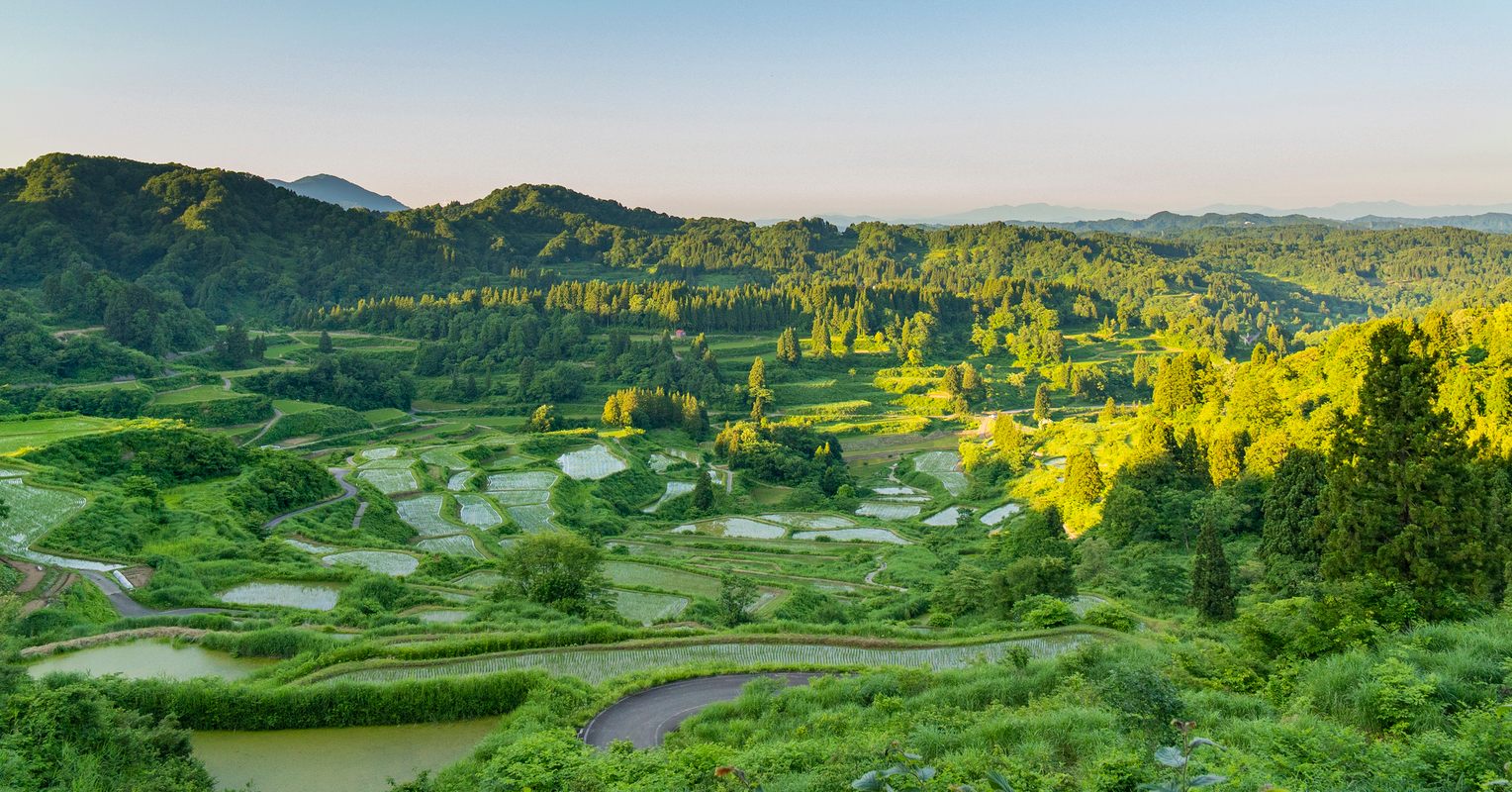
Asia
9 days
8 nights
12 people
Easy
History & Culture

Set out to experience another side of Japan, one that includes beautiful coastal scenery, a slow pace of life, and fascinating history. On our journey, we will encounter waterfalls, mist-shrouded mountains, expert craftsmen, geishas, and explore the utterly fascinating Sado Island, famous as the birthplace of the Japanese gold rush, and a place where political exiles once sheltered, and is now best known for its commitment to preserving cultural traditions.
Looking for 2025 dates? Click here!

Welcome to Japan! Make your way to the group hotel, located just steps from the Asakusa train station. The Asakusa area around our hotel maintains an atmosphere of old Tokyo, with traditional craft shops and street-food stalls alongside a developing trendy upscale dining scene by the waterfront. We’ll gather later this afternoon in the hotel lobby for an orientation and to meet your fellow travelers before celebrating the beginning of our exploration of an often-overlooked part of Japan with a festive dinner.

Welcome to Japan! Make your way to the group hotel, located just steps from the Asakusa train station. The Asakusa area around our hotel maintains an atmosphere of old Tokyo, with traditional craft shops and street-food stalls alongside a developing trendy upscale dining scene by the waterfront. We’ll gather later this afternoon in the hotel lobby for an orientation and to meet your fellow travelers before celebrating the beginning of our exploration of an often-overlooked part of Japan with a festive dinner.
Asakusa View Hotel Annex Rokku or similar, Tokyo
Dinner
Asakusa View Hotel Annex Rokku or similar, Tokyo
Dinner
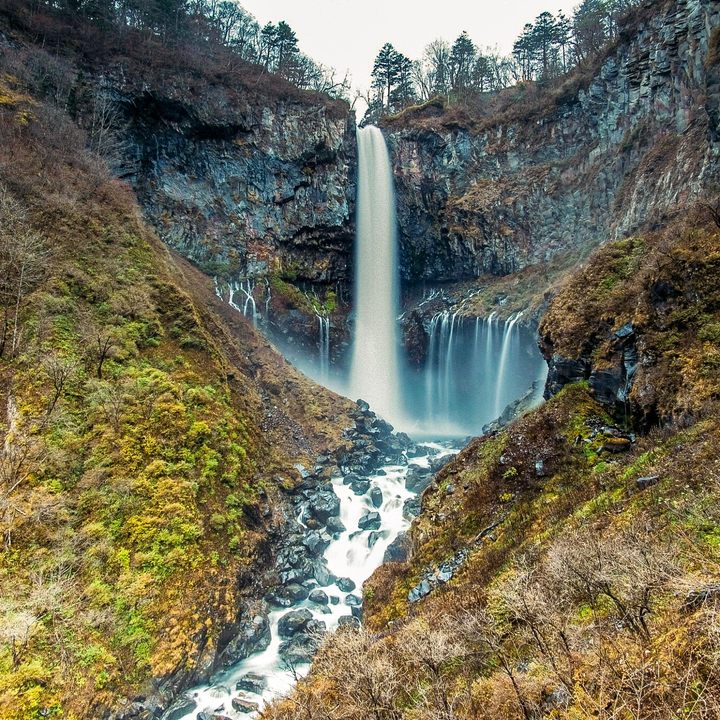
This morning you will depart Tokyo by express train to the city of Nikko in the mountains north of Tokyo in the Tochigi Prefecture. Famous for its UNESCO World Heritage Sites, scenic slopes, lakes, National Park, hot springs, and waterfalls, Nikko is a fantastic place to begin our dive into Japanese culture. You'll start at the elaborate and colorful Toshogu Shrine, dedicated to the resting place of the warlord Tokugawa Ieyasu, a famous Shogun from the Edo Period in the 17th century. We'll hop on a bus for the short ride to Kegon Waterfall (Kegon no taki), one of the most beautiful waterfalls in Japan. You'll then transfer to your hotel in Nikko for the night.

This morning you will depart Tokyo by express train to the city of Nikko in the mountains north of Tokyo in the Tochigi Prefecture. Famous for its UNESCO World Heritage Sites, scenic slopes, lakes, National Park, hot springs, and waterfalls, Nikko is a fantastic place to begin our dive into Japanese culture. You'll start at the elaborate and colorful Toshogu Shrine, dedicated to the resting place of the warlord Tokugawa Ieyasu, a famous Shogun from the Edo Period in the 17th century. We'll hop on a bus for the short ride to Kegon Waterfall (Kegon no taki), one of the most beautiful waterfalls in Japan. You'll then transfer to your hotel in Nikko for the night.
Fairfield Marriott, or similar, Nikko
Breakfast, Dinner
Fairfield Marriott, or similar, Nikko
Breakfast, Dinner
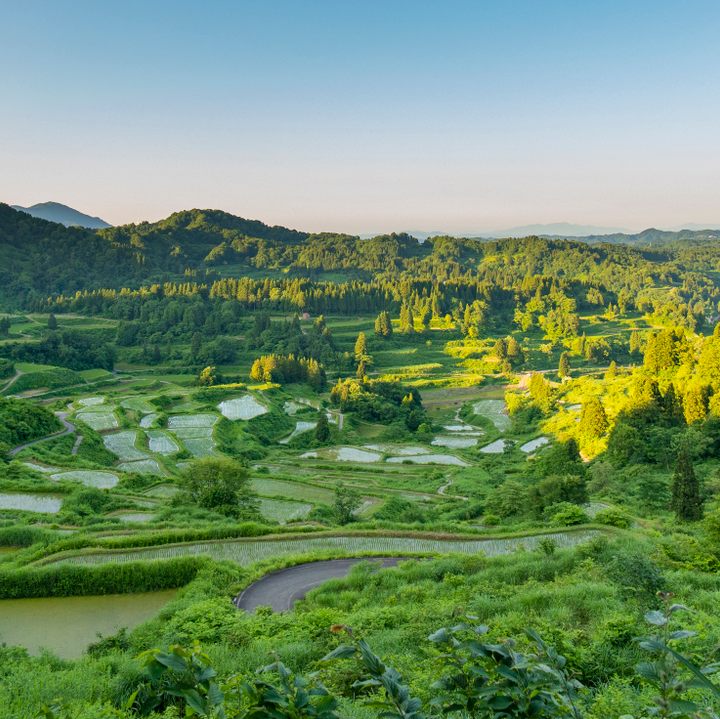
Enjoy a leisurely wake-up, or explore Nikko by yourself for a few hours, before departing in the late morning to Niigata via the Shinkansen (bullet train). Prior to arriving at the train station, we will stop to gaze at the beautiful Fukiware Waterfall (Fukiware no taki), known as the oriental Niagara Falls. The rural, coastal Niigata Prefecture in Northern Japan is known for its wealth of rice paddies, which produce a rich harvest each fall and support the production of rice-related products such as sake and mochi. Look out for the Niigata Rice Cracker Museum, a snack factory that boasts several tributes to its popular line of rice crackers, including a quasi-shrine. This evening you will enjoy the hospitality and hot spring onsen of a traditional Japanese ryokan.

Enjoy a leisurely wake-up, or explore Nikko by yourself for a few hours, before departing in the late morning to Niigata via the Shinkansen (bullet train). Prior to arriving at the train station, we will stop to gaze at the beautiful Fukiware Waterfall (Fukiware no taki), known as the oriental Niagara Falls. The rural, coastal Niigata Prefecture in Northern Japan is known for its wealth of rice paddies, which produce a rich harvest each fall and support the production of rice-related products such as sake and mochi. Look out for the Niigata Rice Cracker Museum, a snack factory that boasts several tributes to its popular line of rice crackers, including a quasi-shrine. This evening you will enjoy the hospitality and hot spring onsen of a traditional Japanese ryokan.
Yumotoya Ryokan or similar, Niigata
Breakfast, Dinner
Yumotoya Ryokan or similar, Niigata
Breakfast, Dinner

This morning you will visit the studios of ateliers and artisans specializing in cutlery and copperware in the metalworking area of Tsubame-Sanjo. After some free time in the middle of the day to explore on your own, you will be treated to a special geisha performance. Geisha have been present in Niigata for over 200 years. In the Edo period, Niigata contributed to the prosperity of the country by sending food to the Kansai region in the southwest. As thanks, Kyoto is said to have sent "culture" to Tohoku in return, such as festivals and geisha. After the performance, you'll have a private introduction to another of Niigata’s famous products: sake. After our sake brewery tour and tasting, you’ll catch a ferry to Sado Island, Japan’s sixth-largest island.

This morning you will visit the studios of ateliers and artisans specializing in cutlery and copperware in the metalworking area of Tsubame-Sanjo. After some free time in the middle of the day to explore on your own, you will be treated to a special geisha performance. Geisha have been present in Niigata for over 200 years. In the Edo period, Niigata contributed to the prosperity of the country by sending food to the Kansai region in the southwest. As thanks, Kyoto is said to have sent "culture" to Tohoku in return, such as festivals and geisha. After the performance, you'll have a private introduction to another of Niigata’s famous products: sake. After our sake brewery tour and tasting, you’ll catch a ferry to Sado Island, Japan’s sixth-largest island.
Azuma or similar, Sado Island
Breakfast, Lunch, Dinner
Azuma or similar, Sado Island
Breakfast, Lunch, Dinner
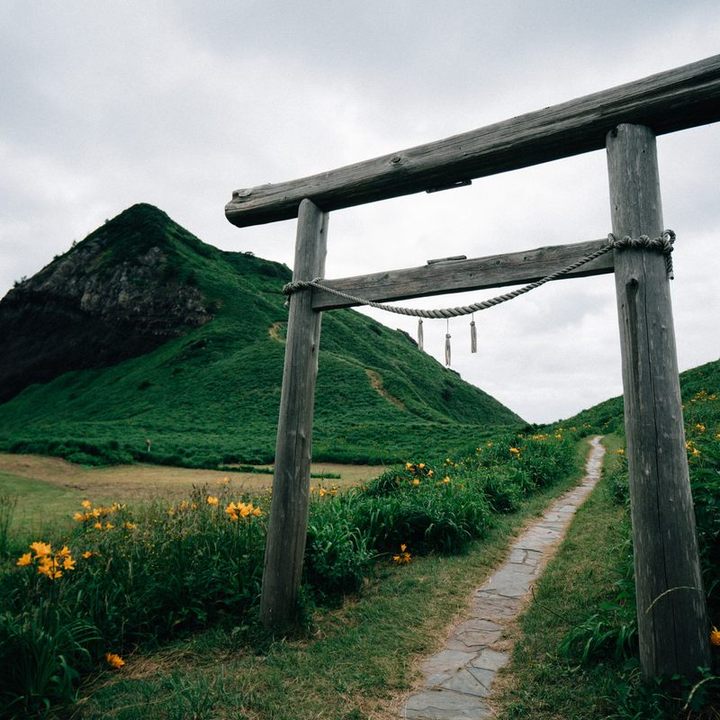
From the eighth century, Japanese rulers used Sado Island as a place of exile for political dissidents, including politicians, aristocrats, poets, monks, and even banished emperors. This provided a foundation for Sado’s unique cultural traditions that are still thriving today. First you'll visit the ninth century temples of Chokokuji and Seisuiji. Chokokuji Temple lies deep in the forest and is known for its flowering peonies. In 2018 it gained a new claim to fame: a nearly 20-foot tall “Rabbit Kannon,” a dramatic statue of a large white bunny that the priest had constructed in honor of the friendly domestic rabbits who help keep the temple’s lawn trimmed. Then, you'll take a short hike along the coast of the Onogame, a giant 167-meter monolith shaped like a turtle that juts out over the water.

From the eighth century, Japanese rulers used Sado Island as a place of exile for political dissidents, including politicians, aristocrats, poets, monks, and even banished emperors. This provided a foundation for Sado’s unique cultural traditions that are still thriving today. First you'll visit the ninth century temples of Chokokuji and Seisuiji. Chokokuji Temple lies deep in the forest and is known for its flowering peonies. In 2018 it gained a new claim to fame: a nearly 20-foot tall “Rabbit Kannon,” a dramatic statue of a large white bunny that the priest had constructed in honor of the friendly domestic rabbits who help keep the temple’s lawn trimmed. Then, you'll take a short hike along the coast of the Onogame, a giant 167-meter monolith shaped like a turtle that juts out over the water.
Azuma or similar, Sado Island
Breakfast, Lunch, Dinner
Azuma or similar, Sado Island
Breakfast, Lunch, Dinner

Once a place of aristocratic exile, today Sado Island features a wealth of stunning scenery including its open mountainous countryside, rugged coastlines, hidden beaches, grottoes, and fishing villages. This morning you will climb on an electric bike and cycle through the island’s paddy fields and revel in the remarkable coastal scenery, a photographer’s dream. Once the cycling is done, the rest of the day is yours to explore the island as you wish.

Once a place of aristocratic exile, today Sado Island features a wealth of stunning scenery including its open mountainous countryside, rugged coastlines, hidden beaches, grottoes, and fishing villages. This morning you will climb on an electric bike and cycle through the island’s paddy fields and revel in the remarkable coastal scenery, a photographer’s dream. Once the cycling is done, the rest of the day is yours to explore the island as you wish.
Azuma Hotel or similar, Sado Island
Breakfast, Lunch, Dinner
Azuma Hotel or similar, Sado Island
Breakfast, Lunch, Dinner
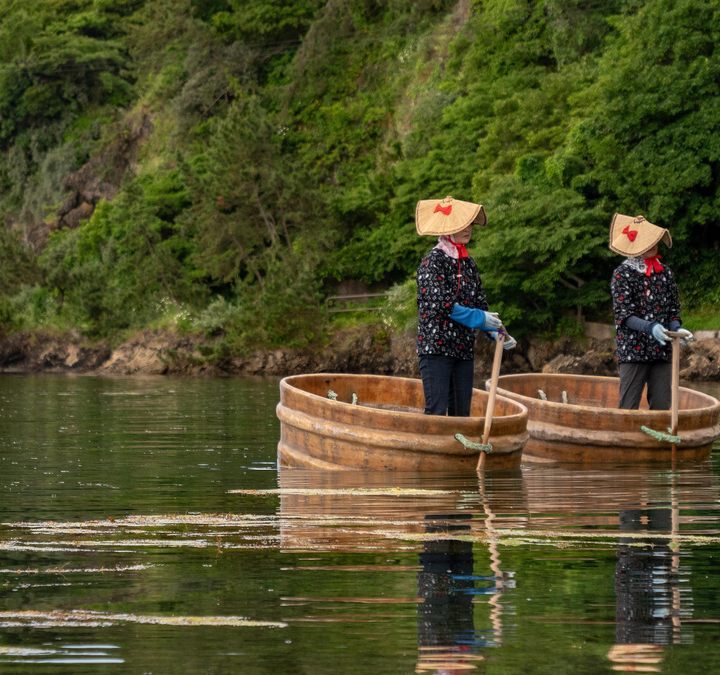
After spending the morning exploring independently, we'll gather at noon to visit the ghostly shipbuilding village of Shukunegi. A port town since medieval times, Shukunegi prospered during the 17th century gold rush and became a port of call for the merchant shipping industry. You’ll walk around this perfectly preserved collection of over 100 houses, now lifeless and exuding a haunted atmosphere.
Next, we’ll take a ride on Sado Island’s Tarai Bune. These unconventional "tub boats" allow locals to row around the island's turbulent coast, and were popularized by Studio Ghibli’s masterpiece “Spirited Away.” Once the sun has gone down, you’ll have the rare opportunity to witness one of Sado's most iconic experiences: an outdoor performance of classical Japanese dance-drama called Noh. Sado is now one of the most active Noh spots in all of Japan.

After spending the morning exploring independently, we'll gather at noon to visit the ghostly shipbuilding village of Shukunegi. A port town since medieval times, Shukunegi prospered during the 17th century gold rush and became a port of call for the merchant shipping industry. You’ll walk around this perfectly preserved collection of over 100 houses, now lifeless and exuding a haunted atmosphere.
Next, we’ll take a ride on Sado Island’s Tarai Bune. These unconventional "tub boats" allow locals to row around the island's turbulent coast, and were popularized by Studio Ghibli’s masterpiece “Spirited Away.” Once the sun has gone down, you’ll have the rare opportunity to witness one of Sado's most iconic experiences: an outdoor performance of classical Japanese dance-drama called Noh. Sado is now one of the most active Noh spots in all of Japan.
Azuma Hotel or similar, Sado Island
Breakfast, Lunch, Dinner
Azuma Hotel or similar, Sado Island
Breakfast, Lunch, Dinner

Sado is famous for its extremely skilled taiko drummers. Kodo, a drum group founded in 1981, is Sado’s best known musical export, and they will be guiding you through your drumming experience this morning! This highly talented group of approximately 60 members has attracted a cult following from all over the world.
In the afternoon, you’ll travel back in time to Aikawa, home of the island’s 17th century gold rush boom. For centuries, this gold mine was the powerhouse behind the Tokugawa Shogunate. Thousands of people flocked here in search of fortune, while the Japanese government sent the homeless of Edo city (now Tokyo) to dig for gold in slave-like conditions. Walk through the dark tunnels to get an idea of what life would have been like for the workers, and meet life-sized, animatronic miners peering out at you from the shadows!

Sado is famous for its extremely skilled taiko drummers. Kodo, a drum group founded in 1981, is Sado’s best known musical export, and they will be guiding you through your drumming experience this morning! This highly talented group of approximately 60 members has attracted a cult following from all over the world.
In the afternoon, you’ll travel back in time to Aikawa, home of the island’s 17th century gold rush boom. For centuries, this gold mine was the powerhouse behind the Tokugawa Shogunate. Thousands of people flocked here in search of fortune, while the Japanese government sent the homeless of Edo city (now Tokyo) to dig for gold in slave-like conditions. Walk through the dark tunnels to get an idea of what life would have been like for the workers, and meet life-sized, animatronic miners peering out at you from the shadows!
Azuma or similar, Sado Island
Breakfast, Lunch, Dinner
Azuma or similar, Sado Island
Breakfast, Lunch, Dinner

Before beginning the journey back to Tokyo, this morning you'll stretch your legs with an easy hike around Mount Donden (meaning “roundtop”), known for the wild grasses and abundant flowers that grow across its slopes. After lunch, you will board the ferry back to the mainland and then catch the bullet train at Niigata Station to Tokyo Station. From here your tour leader will assist with onward transport to the airport for your homebound flight.
After nearly a week of exploring some of Japan’s many natural and human wonders, hopping from temple to waterfall to ghost village to tub boat, it’s time to bid farewell to this fascinating region and the friends we’ve made along the way. Until our next adventure!

Before beginning the journey back to Tokyo, this morning you'll stretch your legs with an easy hike around Mount Donden (meaning “roundtop”), known for the wild grasses and abundant flowers that grow across its slopes. After lunch, you will board the ferry back to the mainland and then catch the bullet train at Niigata Station to Tokyo Station. From here your tour leader will assist with onward transport to the airport for your homebound flight.
After nearly a week of exploring some of Japan’s many natural and human wonders, hopping from temple to waterfall to ghost village to tub boat, it’s time to bid farewell to this fascinating region and the friends we’ve made along the way. Until our next adventure!
Breakfast
Breakfast
Deposit to book your trip: $250 USD.
Balance due 90 days prior to departure.
The listed price of the trip is per person based on double occupancy.
Deposit to book your trip: $250 USD.
Balance due 90 days prior to departure.
The listed price of the trip is per person based on double occupancy.
Opt for a Private Room to yourself, subject to availability, for a supplemental cost of $1330 USD.
Solo travelers typically make up about half of our small groups. With curiosity at the center of our experiences, there’s a natural camaraderie that develops over the course of a trip.
If you don’t opt for a Private Room, you'll be matched with another solo traveler of the same gender.
Opt for a Private Room to yourself, subject to availability, for a supplemental cost of $1330 USD.
Solo travelers typically make up about half of our small groups. With curiosity at the center of our experiences, there’s a natural camaraderie that develops over the course of a trip.
If you don’t opt for a Private Room, you'll be matched with another solo traveler of the same gender.
Travelers should feel comfortable walking two to three miles each day, mainly on flat and even surfaces, as well as occasional stairs.
You should plan to arrive by 4 p.m. on Day 1, and depart after 8pm on Day 9. Tokyo International Airport (HND) connects to a range of flight hubs in Asia and Europe. The best flight connections to Tokyo are offered by Japan Airlines and American Airlines.
*Airport transfers are only provided if arriving/departing the tour dates, or if pre/post trip arrangements have been made through Atlas Obscura.
You should plan to arrive by 4 p.m. on Day 1, and depart after 8pm on Day 9. Tokyo International Airport (HND) connects to a range of flight hubs in Asia and Europe. The best flight connections to Tokyo are offered by Japan Airlines and American Airlines.
*Airport transfers are only provided if arriving/departing the tour dates, or if pre/post trip arrangements have been made through Atlas Obscura.
We will be taking the Shinkansen (bullet train) in our itinerary, which has luggage size restrictions. Only luggage up to 160cm (L+W+H) will be permitted on the train. Larger suitcases can be shipped from our Tokyo hotel to your next accommodation if necessary, however it’s important to keep this in mind when packing for your trip.
We will be taking the Shinkansen (bullet train) in our itinerary, which has luggage size restrictions. Only luggage up to 160cm (L+W+H) will be permitted on the train. Larger suitcases can be shipped from our Tokyo hotel to your next accommodation if necessary, however it’s important to keep this in mind when packing for your trip.
One night will be in a Japanese-style room in a traditional ryokan with on-site onsen, where bedding is a comfortable futon mattress on the floor.
One night will be in a Japanese-style room in a traditional ryokan with on-site onsen, where bedding is a comfortable futon mattress on the floor.
Check out the Essential Trip Information for this trip or our general FAQs.
Call us at +1 833-919-9154
Send us a
Have a question for us about Hidden Japan: Sado Island & Beyond? We're here to help!
Call us at +1 646-961-4857
Check out our FAQ
This site is protected by reCAPTCHA and the Google Privacy Policy and Terms of Service apply.
Have a question for us about Hidden Japan: Sado Island & Beyond? We're here to help!
Call us at +1 833-919-9154
Check out our FAQ
This site is protected by reCAPTCHA and the Google Privacy Policy and Terms of Service apply.
Sign up for our emails.
Have a question for us? We're here to help!
Call us at +1 833-919-9154
Check out our FAQ
This site is protected by reCAPTCHA and the Google Privacy Policy and Terms of Service apply.